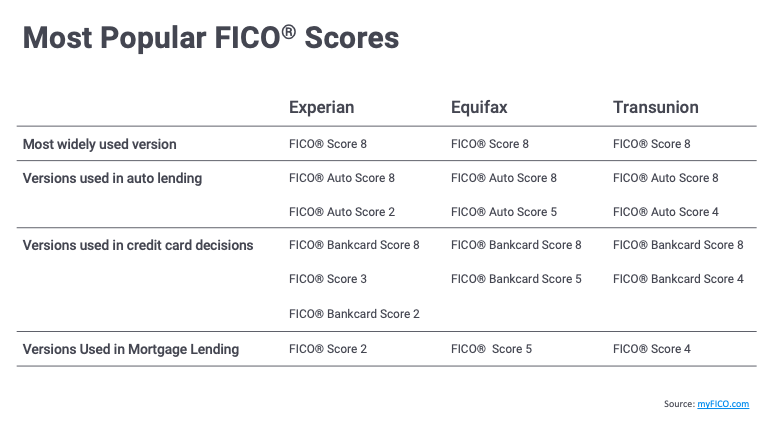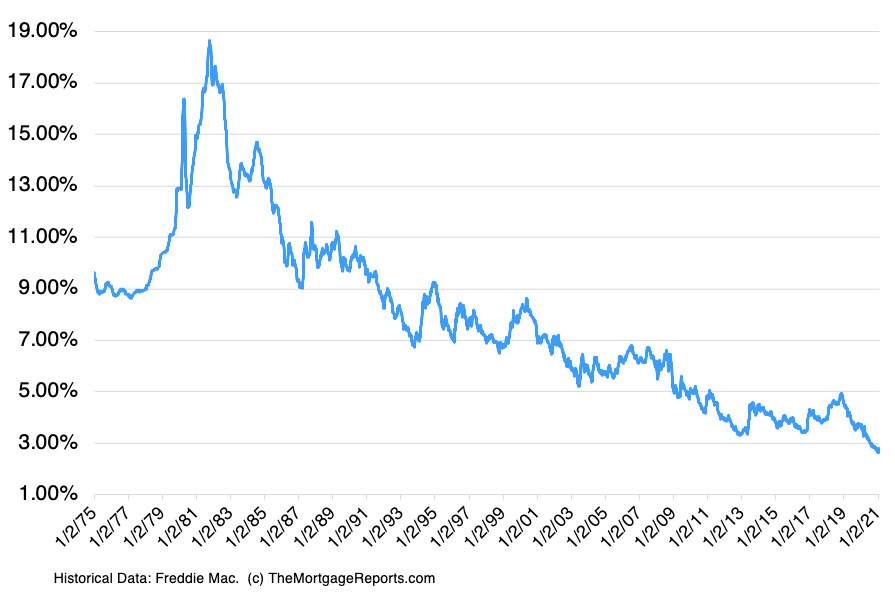However the scars of the crisis are still visible in the American real estate market, which has undergone a pendulum swing in the last years. In the run-up to the crisis, a housing surplus triggered mortgage lenders to issue loans to anybody who could mist a mirror simply to fill the excess stock.
It is so strict, in fact, that some in the genuine estate industry believe it's adding to a real estate lack that has actually pushed home costs in most markets well above their pre-crisis peaks, turning more youthful millennials, who came of age throughout the crisis, into a generation of occupants. "We're truly in a hangover stage," stated Jonathan Miller, CEO of Miller Samuel, a property appraisal and seeking advice from firm.
[The market] is still distorted, which's since of credit conditions (mortgages what will that house cost)." When loan providers and banks extend a mortgage to a house owner, they generally do not earn money by holding that mortgage gradually and collecting interest on the loan. After the savings-and-loan crisis of the late 1980s, the originate-and-hold model developed into the originate-and-distribute model, where lenders issue a home loan and sell it to a bank or to the government-sponsored enterprises Fannie Mae, Freddie Mac, and Ginnie Mae.
Fannie, Freddie, Ginnie, and financial investment banks buy thousands of mortgages and bundle them together to form bonds called mortgage-backed securities (MBSs). They sell these bonds to investorshedge funds, pension funds, insurance provider, banks, or merely wealthy individualsand use the profits from offering bonds to buy more home loans. A property owner's monthly home loan payment then goes to the shareholder.
Some Ideas on What Are The Interest Rates For Mortgages For First Time Home Buyers You Need To Know
But in the mid-2000s, lending standards eroded, the real las vegas timeshare promotions 2017 estate market became a huge bubble, and the subsequent burst in 2008 affected any financial institution that bought or released mortgage-backed securities. That burst had no single cause, but it's simplest to begin with the houses themselves. Historically, the home-building industry was fragmented, comprised of small structure business producing homes in volumes that matched local need.
These business constructed homes so rapidly they surpassed need. The outcome was an oversupply of single-family houses for sale. Home loan lenders, that make money by charging origination fees and therefore had a reward to write as many mortgages as possible, reacted to the glut by trying to put buyers into those homes.
Subprime mortgages, or home mortgages to people with low credit report, exploded in the run-up to the crisis. Down payment requirements gradually dwindled to nothing. Lenders started turning a blind eye to earnings confirmation. Quickly, there was a flood of risky kinds of mortgages designed to get people into houses who couldn't usually Click here to find out more manage to purchase them.
It gave customers a below-market "teaser" rate for the very first 2 years. After two years, the interest rate "reset" to a greater rate, which frequently made the monthly payments unaffordable. The concept was to re-finance prior to the rate reset, however many property owners never got the opportunity prior to the crisis started and credit https://jaredfyfc926.weebly.com/blog/the-definitive-guide-to-why-dont-mortgages-work-the-same-as-apy ended up being not available.
The Ultimate Guide To What Act Loaned Money To Refinance Mortgages
One study concluded that real estate financiers with great credit rating had more of an influence on the crash because they wanted to quit their financial investment properties when the marketplace began to crash. They really had higher delinquency and foreclosure rates than customers with lower credit report. Other information, from the Home Mortgage Bankers Association, analyzed delinquency and foreclosure starts by loan type and found that the most significant jumps by far were on subprime mortgagesalthough delinquency rates and foreclosure starts rose for every single type of loan throughout the crisis (the big short who took out mortgages).
It peaked later, in 2010, at practically 30 percent. Cash-out refinances, where homeowners refinance their home loans to access the equity constructed up in their houses in time, left homeowners little margin for error. When the marketplace began to drop, those who 'd taken money out of their homes with a refinancing all of a sudden owed more on their houses than they deserved.
When house owners stop making payments on their mortgage, the payments likewise stop flowing into the mortgage-backed securities. The securities are valued according to the predicted home loan payments can be found in, so when defaults started stacking up, the worth of the securities dropped. By early 2007, individuals who worked in MBSs and their derivativescollections of financial obligation, consisting of mortgage-backed securities, charge card financial obligation, and vehicle loans, bundled together to form brand-new types of investment bondsknew a disaster was about to occur.
Panic swept throughout the financial system. Banks hesitated to make loans to other institutions for fear they 'd go under and not have the ability to pay back the loans. Like house owners who took cash-out refis, some business had borrowed greatly to invest in MBSs and could quickly implode if the marketplace dropped, especially if they were exposed to subprime.
Some Known Details About When Does Bay County Property Appraiser Mortgages
The Bush administration felt it had no choice but to take control of the companies in September to keep them from going under, but this only triggered more hysteria in monetary markets. As the world waited to see which bank would be next, suspicion fell on the investment bank Lehman Brothers.
On September 15, 2008, the bank declared bankruptcy. The next day, the government bailed out insurance coverage giant AIG, which in the run-up to the collapse had released staggering quantities of credit-default swaps (CDSs), a type of insurance on MBSs. With MBSs all of a sudden worth a portion of their previous value, bondholders desired to collect on their CDSs from AIG, which sent out the company under.


Deregulation of the financial market tends to be followed by a financial crisis of some kind, whether it be the crash of 1929, the savings and loan crisis of the late 1980s, or the real estate bust ten years earlier. However though anger at Wall Street was at an all-time high following the events of 2008, the monetary industry got away reasonably unscathed.
Lenders still sell their mortgages to Fannie Mae and Freddie Mac, which still bundle the home loans into bonds and offer them to investors. And the bonds are still spread out throughout the financial system, which would be vulnerable to another American real estate collapse. While this naturally generates alarm in the news media, there's one key difference in real estate finance today that makes a financial crisis of the type and scale of 2008 unlikely: the riskiest mortgagesthe ones without any deposit, unverified earnings, and teaser rates that reset after two yearsare simply not being written at anywhere near to the very same volume.
Get This Report on When Does Bay County Property Appraiser Mortgages
The "qualified home loan" provision of the 2010 Dodd-Frank reform expense, which entered into result in January 2014, offers lenders legal security if their home loans satisfy certain safety provisions. Certified mortgages can't be the kind of risky loans that were issued en masse prior to the crisis, and debtors must fulfill a certain debt-to-income ratio.
At the same time, banks aren't issuing MBSs at anywhere close to the exact same volume as they did prior to the crisis, since investor need for private-label MBSs has dried up. what is the best rate for mortgages. In 2006, at the height of the housing bubble, banks and other private institutionsmeaning not Freddie Mac, Fannie Mae, or Ginnie Maeissued more than 50 percent of MBSs, compared to around 20 percent for much of the 1990s.